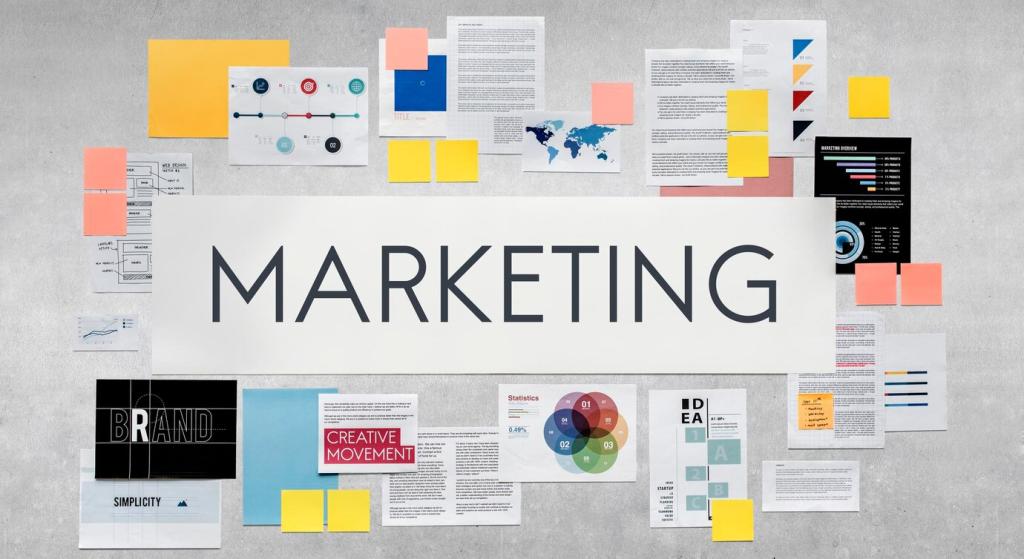Navigate the Future: Sales Forecasting and Strategic Planning
Chosen theme: Sales Forecasting and Strategic Planning. Welcome to a practical, story-rich guide to turning uncertain pipelines into confident plans. We blend data discipline with bold decision-making so your targets feel realistic, your teams feel aligned, and your strategy feels alive. Read on, join the conversation, and subscribe for deeper playbooks and tools.

Signal vs. Noise in Your Pipeline
Not every deal deserves equal weight. Channel the signal by segmenting pipeline quality, enforcing stage definitions, and measuring slippage patterns. Once you separate storytelling from statistics, your forecast becomes a trusted instrument. Share your best qualification questions in the comments, and we’ll feature the sharpest ones in a future playbook.

Aligning Targets with Capacity
Ambition without resourcing is a wish. Map targets to quotas, ramp curves, territory coverage, and enablement bandwidth. When strategic planning accounts for hiring timelines and cycle length, misses shrink. Tell us where your capacity bottleneck lives—talent, tooling, or time—and we’ll suggest a right-sized remedy.

Invite Finance Early, Not Last
Finance is not the forecast police; they are scenario partners. Co-create assumptions on pricing mix, collections timing, and discount leakage so cash plans reflect reality. Share how often your revenue and finance teams meet, and we’ll send a simple joint agenda to strengthen that rhythm.
Building a Forecasting System that Learns
Data Foundations: Clean, Consistent, Connected
Garbage in, chaos out. Standardize fields, lock stage criteria, and connect CRM with marketing and product signals. If your data model mirrors your customer journey, forecasting becomes storytelling with evidence. Comment with your most painful data cleanup win—we all learn from scars.
Model Mix: Bottom-Up, Top-Down, and Scenario
No single model captures reality. Combine bottom-up rep commits, historical run rates, cohort trends, and macro overlays. Then stress-test with upside, base, and downside scenarios. Want our scenario template? Subscribe and we’ll send a worksheet that fits teams of any size.
Feedback Loops: Post-Mortems that Matter
After each quarter, examine win rates by segment, average deal slip, and forecast bias by manager. Translate insights into playbooks, not blame. Share one surprising insight from your last post-mortem, and we’ll compile the best lessons into a reader-sourced guide.
Strategic Planning in Uncertain Markets
Great plans balance must-protect metrics with bold, time-boxed bets. Define your non-negotiables—gross margin, churn, runway—and choose two or three growth plays. Tell us one bet you’re nervous about this year, and we’ll suggest a risk-mitigation angle to pressure-test it.
Strategic Planning in Uncertain Markets
Set explicit triggers for action: if demo-to-close dips below a threshold or CAC payback extends, you shift resources. Triggers convert monitoring into motion. Share a leading indicator you trust, and we’ll help translate it into a practical decision threshold.


Demand Patterns and Seasonality
Break demand into trend, seasonality, and noise for each segment. Enterprise buyers may surge in Q4, while SMB peaks can arrive after major product launches. Tell us your industry and segment mix, and we’ll share a quick guide to find hidden cycles.
Demand Patterns and Seasonality
Time launches when enablement, support, and marketing can absorb interest. Align revenue targets with bandwidth so follow-up speed stays high. Post how your last launch impacted cycle times, and we’ll suggest a recovery plan to stabilize conversion.


Planning Tools and Team Rituals
Summarize your market thesis, target segments, key bets, and risks on one page. Revisit it monthly to adjust assumptions. Want our narrative outline? Subscribe, and we’ll send a fill-in-the-blanks template you can adopt this week.
